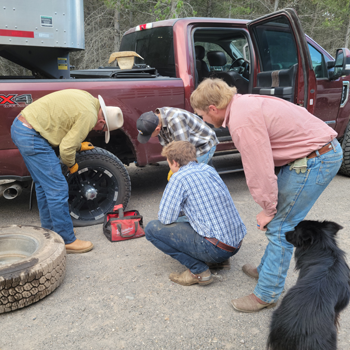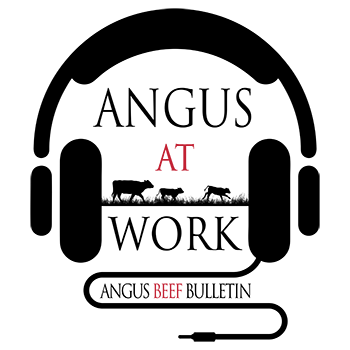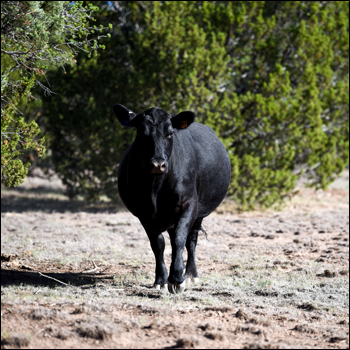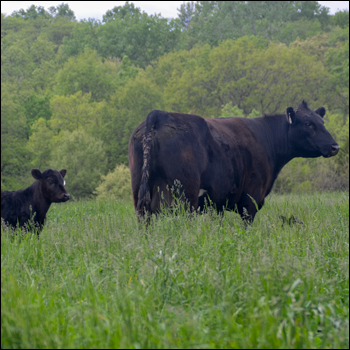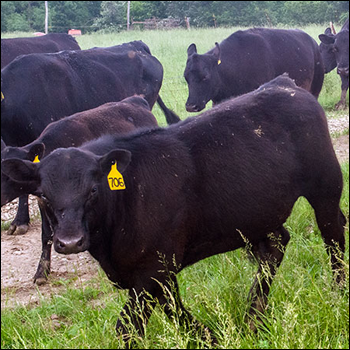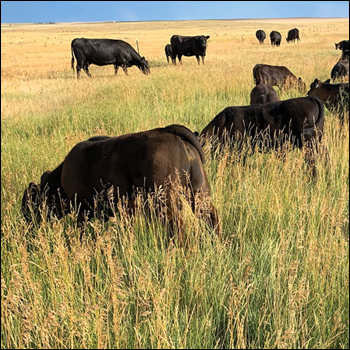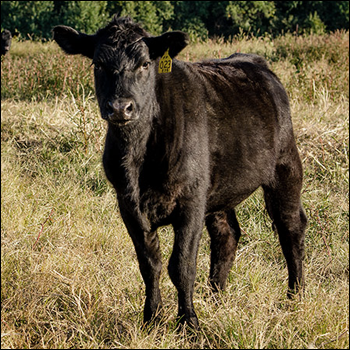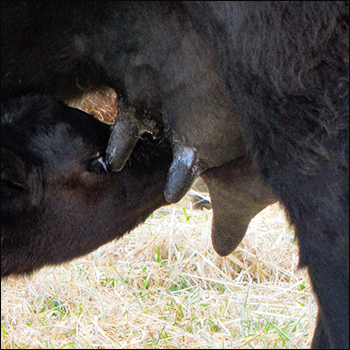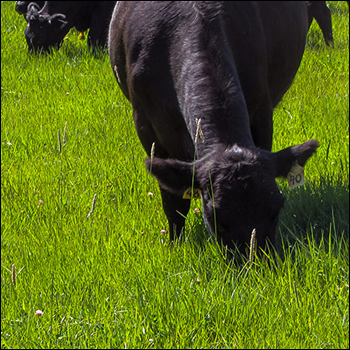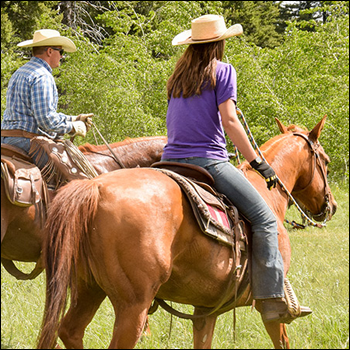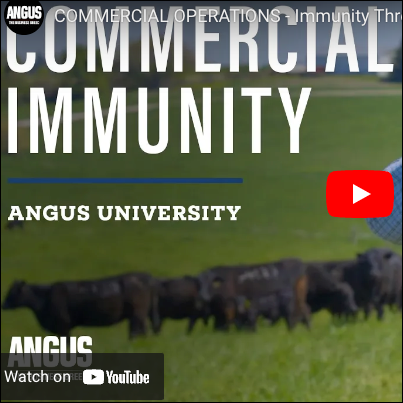U.S. Feeder-Cattle Exports Influenced by Genetics
Clayton explains the opportunities for feeder-cattle exports driven by genetic demands.
“The power of the pedigree is what drives the interest in U.S. demand,” said Tony Clayton, Clayton Agri-Marketing Inc. president. Clayton gave an overview of how U.S. genetics are exported and their popularity during the Beef Improvement Federation (BIF) Symposium June 3 in Las Cruces, N.M.
Clayton explained the effect of exporting U.S. feeder cattle to open new marketing opportunities that increase profitability and particular obstacles producers face when exporting feeder cattle.
Drivers of U.S. cattle export demand
The export market is driven by population growth, urbanization and expanding economies, Clayton noted. The main driver is population growth and people drive the demand for ag products. The current demand is protein, meat and milk.

|
|
“When I go to a new country, I would plan for it to take three years before I make a sale,” Tony Clayton, president of Clayton Agri-Marketing Inc., cautioned BIF attendees. “This business requires patience.” [Photo courtesy BIF] |
Clayton said this increased demand has opened the market for the genetics produced in the United States. U.S. genetics are a value-added product; thus, international producers want to adopt U.S. genetic systems. The years U.S. producers and breed associations have spent performance testing and developing expected progeny differences (EPDs) and genomics, he noted, have producers around the world looking to the United States as a leader in production of all species. Pedigrees of U.S.-produced cattle have immense power to continuously strengthen the demand and export market.
“I explain to a lot of our clients that buying genetics with high genomics and EPDs is like buying a car,” Clayton said. “If you want the sunroof, it costs money. If you want the aluminum wheels, they cost money. We have a lot of misinformation out there and we work with clients to educate them on our genetic systems.”
Know your cattle, have a marketing plan
Developing a market to export your cattle requires intense promotion, a large supply of cattle, available financing, following government regulations, understanding logistics and being able to manage risks. You must know your limitations, he explained. What can you supply, deliver, finance and guarantee? Know your products, customers and suppliers. Producers must implement animal identification systems and an animal welfare program to increase prices of their cattle.
“When I go to a new country, I would plan for it to take three years before I make a sale,” Clayton cautioned. “This business requires patience.”
U.S. feeder-cattle exports
The export of U.S. feeder cattle is influenced by the demand from Asia and the Middle East for protein, Clayton explained. China continues to import cattle from the southern hemisphere, taking a large supply of the world market to Indonesia, Egypt and Israel.
However, there are many obstacles for feeder-cattle exports. The United States must have a large supply of cattle to be exported and remain competitive, and it has a lack of livestock export facilities on both coasts for large shipments. Specific geographical health requirements can prevent certain regions from exporting feeder cattle.
“Another obstacle is customers in the Mideast only want to feed bulls; they will not feed a steer. It will be interesting to see if they put these ethics specifications aside in the future to buy steer calves from the U.S. and not bulls from South America,” Clayton added.
To watch Clayton’s full presentation, visit https://youtu.be/qRKhURAyfoM.
Editor’s note: This synopsis is provided by BIF. For complete coverage of the BIF symposium, visit bifconference.com.

Angus Proud
In this Angus Proud series, Editorial Intern Jessica Wesson provides insights into how producers across the country use Angus genetics in their respective environments.
 Angus Proud: Scott Sproul
Angus Proud: Scott Sproul
Oklahoma operation learned wisdom of moving calving season to better suit their marketing needs.
 Angus Proud: Bubba Crosby
Angus Proud: Bubba Crosby
Fall-calving Georgia herd uses quality and co-ops to market calves.
 Angus Proud: Jim Moore
Angus Proud: Jim Moore
Arkansas operation retains ownership through feeding and values carcass data.
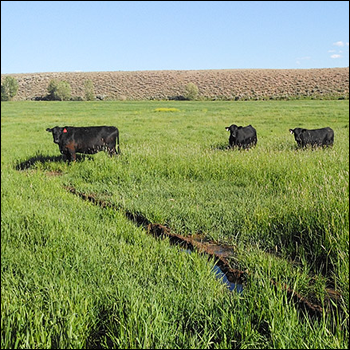 Angus Proud: Stephen Shiner
Angus Proud: Stephen Shiner
Idaho operation rotates pastures in summer and raises crops for winter.
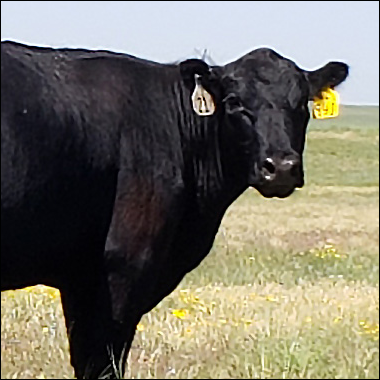 Angus Proud: Brian Nusbaum
Angus Proud: Brian Nusbaum
Angus cattle fit cattleman’s marketing goals and helped him set out on his own.
 Angus Proud: Les Shaw
Angus Proud: Les Shaw
South Dakota operation manages winter with preparation and bull selection.
 Angus Proud: Jeremy Stevens
Angus Proud: Jeremy Stevens
Nebraska operation is self-sufficient for feedstuffs despite sandy soil.
 Angus Proud: Dave Rutan
Angus Proud: Dave Rutan
Angus breeder gets the most out of his bull investment by partnering with opposite calving-season operation.
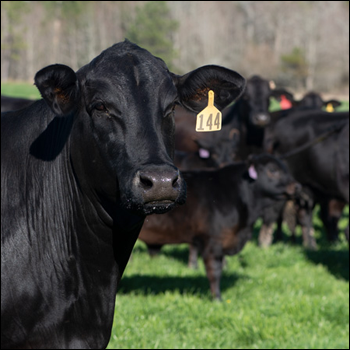 Angus Proud: Nickey Smith
Angus Proud: Nickey Smith
AngusLink helps Louisiana cattleman gain more for his calves.
 Angus Proud: Mike Moss
Angus Proud: Mike Moss
Operation’s nontraditional start lends to creativity and conservation efforts.
